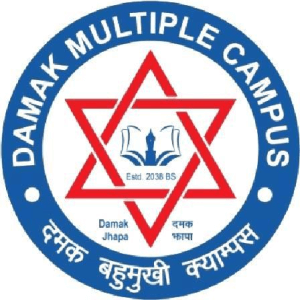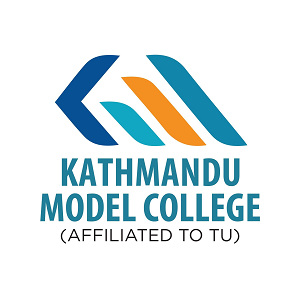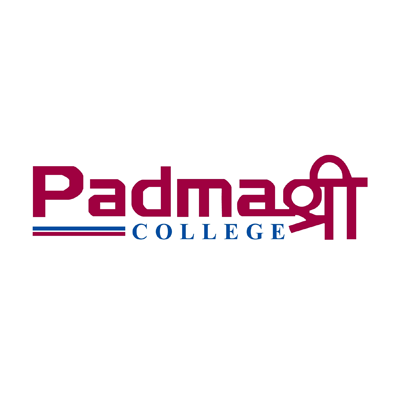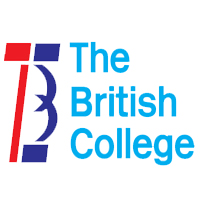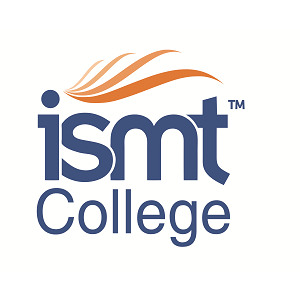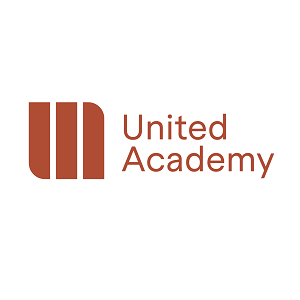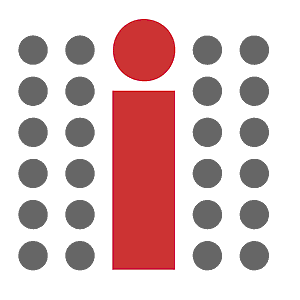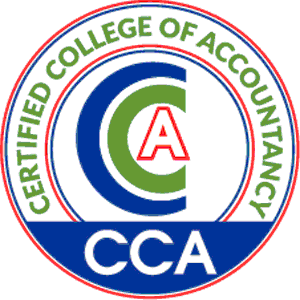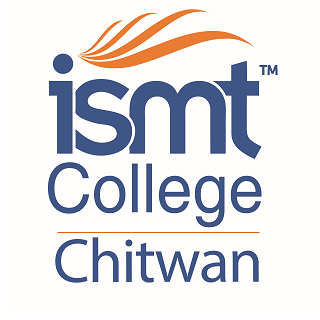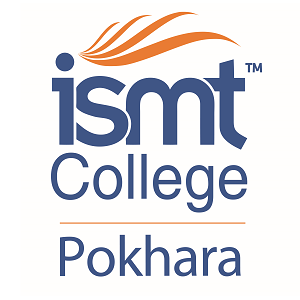Overview
Indrachadra Campus was formally launched in Ashoj 2070 BS as part of the golden jubilee of Devi Secondary School. Initially envisioned to provide education from pre-primary to higher education under one roof, the need for an independent identity arose due to rising student numbers and space limitations.
Located in Birtamode Municipality of Jhapa District—known as a commercial hub and the eastern gateway of Nepal—the campus was founded to expand access to higher education for economically underprivileged groups. While many private institutions existed in the area, affordable community-based higher education was lacking. The campus began with an enrollment of 68 students.
Indra Chadra Campus situated in the urban area, the campus can serve the students of low economic status in the area. The increasing number of admitted students on the campus is a positive aspect of the campus. A sound environment, clean surroundings, dedicated teachers, own building, a peaceful environment, and regular co-curricular activities are some of the features of the campus.
The campus can draw the attention of the public and other neighboring educational institutions because of its good results, too. The following are the achievements of the campus in a very short time of establishment. Indrachandra Campus is one of the emerging Community Campuses. This Campus is established as a community campus, dedicated solely to academic development, without any profit-making or gain.
It provides educational opportunities to people at a low fee. The former students of this Campus have been involved in various sectors, including education, civil service, business, politics, and others. Indrachandra Campus has provided educational opportunities for educationally disadvantaged people from remote and rural areas of the northern part of Jhapa district. Dalits, Janajatis, married women, and other minorities and marginalized people have access to educational and academic facilities from this Campus.
Students from neighboring districts in the eastern hilly regions, such as Ilam, Panchthar, and Taplejung, have benefited from this campus. The campus has gained public trust through its activities and transparency, resulting in strong public support. It has been able to compete with other educational institutions due to its excellent academic results.
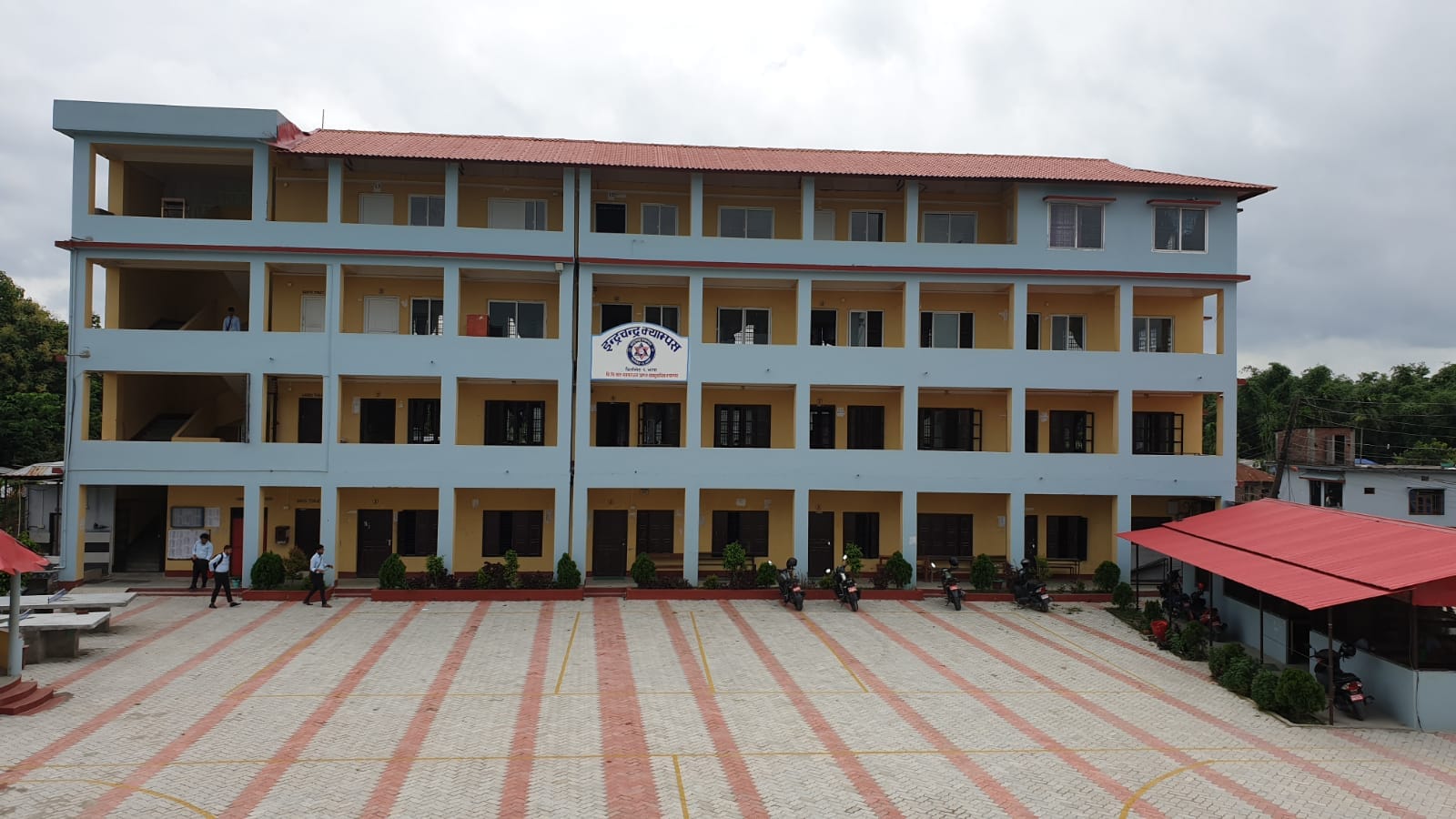
Geographic and Social Context
The campus lies east of Muktichowk in Birtamode and 800 meters south of the East-West Highway near Sugam Petrol Pump. It has become a significant destination for students traditionally excluded from higher education opportunities. Surrounded by private campuses, it has successfully attracted graduates from private secondary schools due to its accessible tuition and strong academic reputation.
Student demographics include individuals from Eastern hilly districts, such as Taplejung, Panchthar, Terhathum, and Ilam; migrants from Western Nepal; and returnees or descendants from regions like Manipur, Assam, Darjeeling, and Bhutan. These are groups that private institutions generally underserve.
Classes are conducted in both English and Nepali. As of the 2078 academic session, the campus also started offering a Master’s program in Commerce (MBS), elevating its academic standing further.
Academic Programs and Affiliation
The campus is affiliated with Tribhuvan University, offering Management faculty courses. In the fourth year, students can choose electives in Accountancy and Finance. The academic team consists of 22 teachers and 10 administrative staff.
Undergraduate Level (BBS)
-
Faculty: Management
-
Program: 4-Year BBS (Bachelor of Business Studies), Tribhuvan University
-
Specialized Subjects: Accounting, Finance
Postgraduate Level (MBS)
-
Faculty: Management
-
Program: Semester-Based MBS (Master of Business Studies)
-
Specialized Subjects: Accounting, Finance, Marketing

Efforts for Academic Enhancement
-
Formation of academic units such as Economics/Statistics, Accounting/Finance, and English to strengthen subject-wise focus and teaching.
-
Internal scholarships are awarded to 5.5% of enrolled students. Additional support (free uniforms, etc.) is provided via contributions from local businesses.
-
Personality development and career skills workshops for students.
-
Research workshops are organized to enhance faculty skills.
-
Biannual internal assessments with performance analysis.
-
Provision of course books through the library on minimal deposit and issue of up to 2 reference materials per student.
-
Student participation is encouraged in inter-campus and internal competitions.
-
Educational observation visits for third-year students are conducted every year.
-
Integration of ICT-based learning using government-funded resources (32 CCTV cameras, 10 projectors, 14 laptops, 1 smart board).
-
Journal publication planned for research capacity development.
-
Participation in the mid-stage of the QAA process with infrastructure in place.
-
From 2078–79 BS, the MBS program has been operational. BSW under Humanities, B.Ed. under Education, and BIT under Science are being developed.
-
An alumni society and a stakeholder forum were formed to support academic growth.
Teaching Approach
Originally based on traditional lecture methods, the teaching model has gradually shifted toward ICT-based learning in response to demands from students, parents, and the broader academic landscape.
The infrastructure is partially supported by a provincial government grant, but remains inadequate given the current student load.
Physical Infrastructure
Despite academic and intellectual progress, the physical condition of the campus remains underdeveloped. Initially operated within the premises of Devi Secondary School, rising enrollment in both the school and the campus made continued cohabitation unfeasible.
The campus currently has no permanent assets except for some furniture and office supplies. It has been operating in a rented facility and faced financial deficits in its early years. However, in the last two years, significant improvements have been achieved even with limited income.
At present, basic furniture is sufficient, but the campus lacks an adequate number of computers, laptops, projectors, and smart boards required for technology-integrated teaching. Due to local demand, the campus has already launched postgraduate programs in Management and plans to expand with Humanities (BSW), Education (B.Ed.), and Science (BIT) streams. This expansion brings forth a major challenge: to establish sufficient infrastructure shortly.
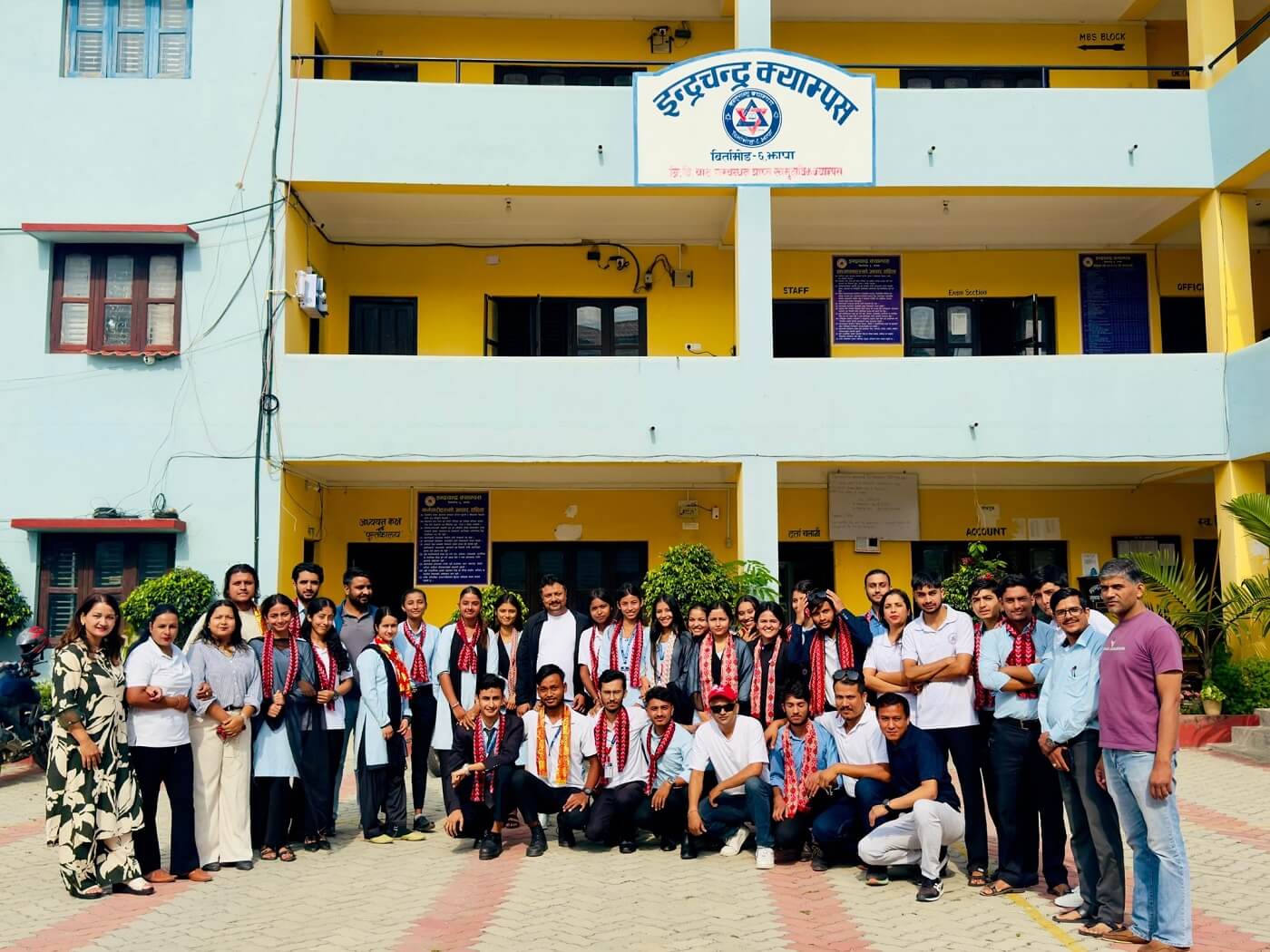
Current Physical Condition
-
Limited infrastructure was developed independently.
-
The initial operation within Devi Secondary School later became unfeasible.
-
Now operating in a rented facility due to a lack of permanent property.
-
Furniture needs are currently met, but significant shortfalls in ICT tools for teaching.
-
Expansion into multiple disciplines necessitates rapid infrastructure development.
Key Initiatives and Community Integration
-
To expand student outreach, an annual educational excursion to Jhapa and Taplejung is conducted under the theme “Your Educational Aspiration, Our Concern.”
-
Interaction programs have been organized to raise awareness on the preservation of the community campus system.
-
For students from economically disadvantaged families, support is arranged through local individuals and institutions to provide part-time employment based on the concept: “Study in the Morning, Work in the Afternoon.”
-
Students are encouraged to engage in research with a focus on rural financial institutions.
-
Personality development training and report-writing workshops have been conducted.
-
Student leaders are democratically elected and actively involved in most campus activities.
-
Various inter-campus and inter-institutional competitions are regularly held.
-
Blood donation drives, health camps, and the operation of isolation centers have helped strengthen social engagement and public outreach.
-
The formation of the Campus-Community Concern Forum has further deepened the relationship between the institution and the local community.
Strengths of Indrachadra Campus
Since its inception in the 2070 academic session with affiliation from Tribhuvan University, this community campus has demonstrated several strengths:
-
The highest student enrollment is not only in Jhapa District but across the entire Mechi region.
-
Producing top-performing students in Jhapa District.
-
Providing quality education at comparatively low tuition fees compared to the surrounding campuses.
-
Enabling access to higher education for students from marginalized and underserved communities.
-
Achieving satisfactory results in all affiliated programs.
-
Receiving continuous support from the local society and community.
-
Purchasing land using the internal financial resources of the campus.
-
Receiving assistance from the University Grants Commission (UGC) for campus operations.
-
Benefiting from support by both the government and local authorities.


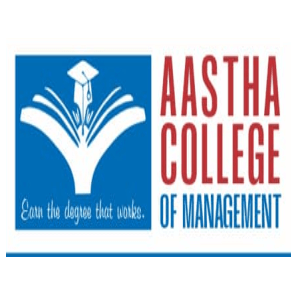
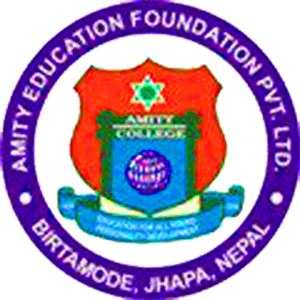
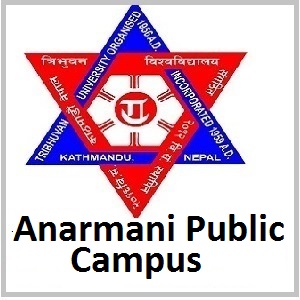
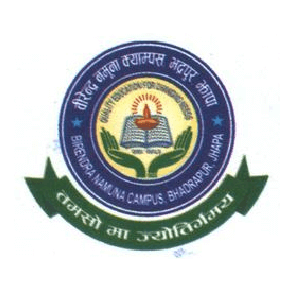
.png)
